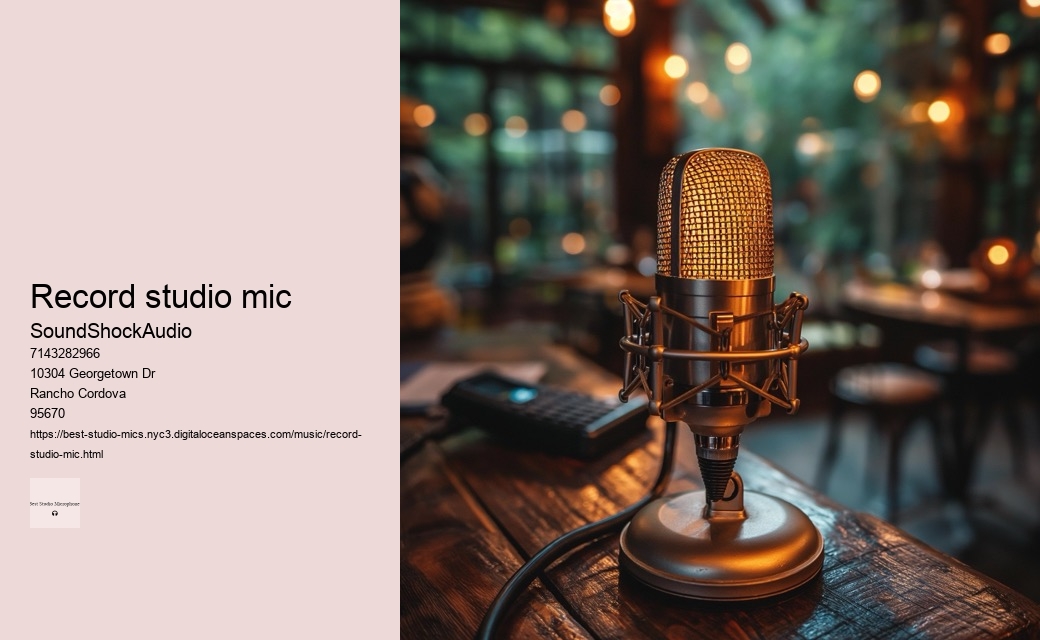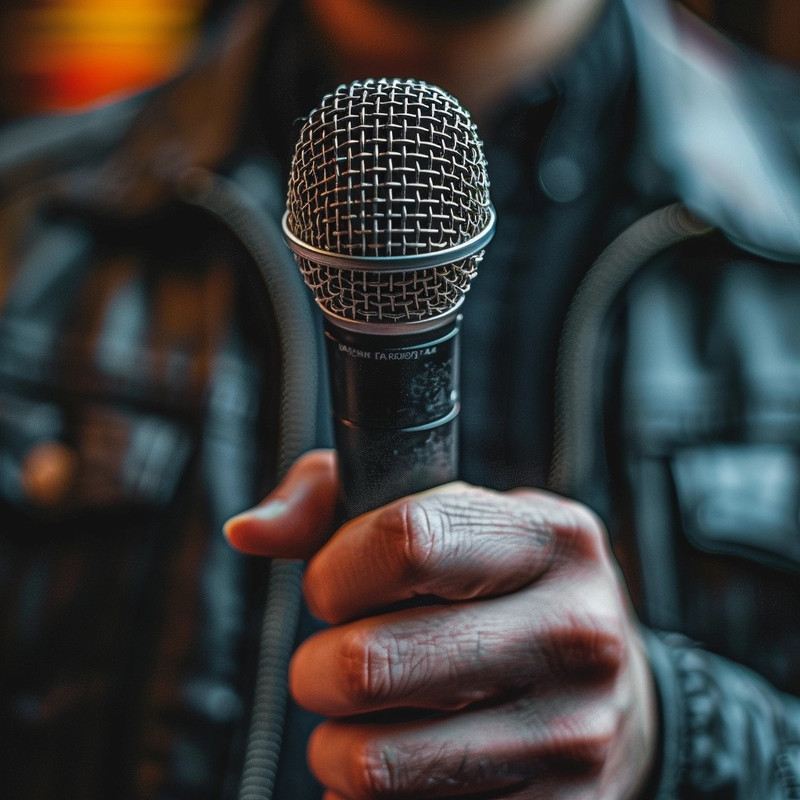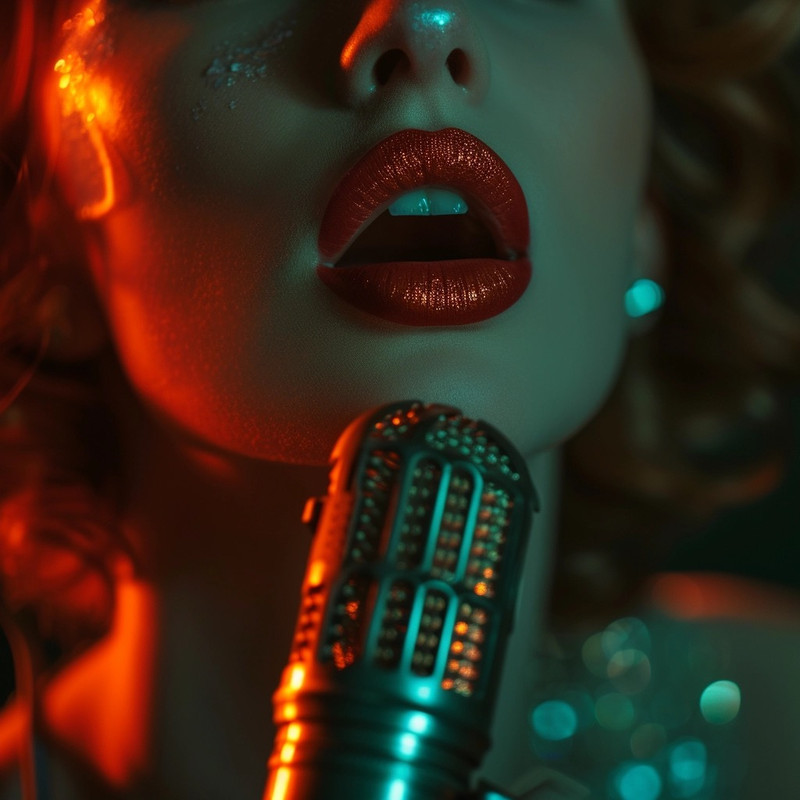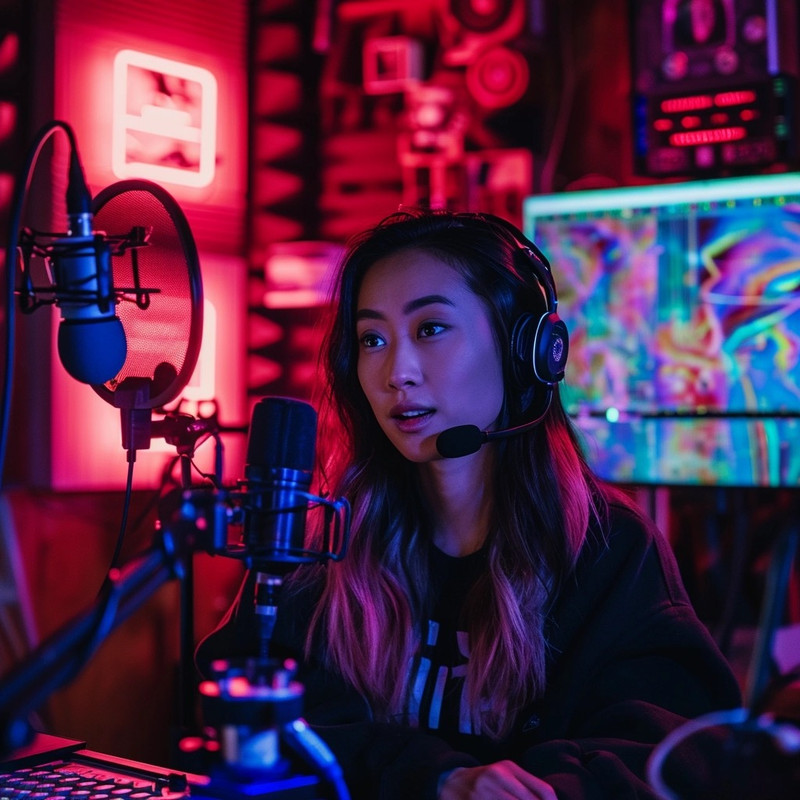

Imagine capturing every nuance of a vocalist's performance—the subtle breaths, the softest whispers—with such fidelity that listeners feel enveloped in the experience. To find out which microphone to buy, check out the best studio microphones on SoundShockAudio.. They are a must for any professional studio. They are perfect for situations where you want to record two sources simultaneously or take advantage of the microphone's null points to reject side noises intentionally.
Preamplifiers act like acoustic amplifiers, taking those faint breaths and transforming them into powerful sonic waves capable of filling any space or recording medium without losing fidelity or introducing unwanted noise. This guide aims to provide readers with essential insights into selecting premier microphones that ensure flawless recordings. origin cardioid condenser mic
Aston Origin is a fixed pattern (cardioid) condenser and the smaller of Aston's two mics. As we will explain, not all microphones are the same.
AKG, like Sennheiser, has managed to release a classic as well as a modern reimagining of the most popular dynamic drum microphone of all time. For rich vocals or narration, snuggling up close with a cardioid pattern mic can bring warmth and presence.
Firstly, within the intimate confines of a home studio, microphones should possess versatility and forgiveness in character. Moreover, consider diaphragm size: large-diaphragm condensers typically offer warmer tones perfect for voiceovers or singing; small-diaphragm ones provide more accurate representations of acoustic instruments' timbres. Prioritize durability alongside audio quality.5.
But distance matters too; too close and you risk overwhelming bass due to the proximity effect, too far and the voice loses its intimate warmth. Selecting the best studio microphone for professional-grade recordings hinges on understanding this delicate interplay between sensitivity and fidelity.
This mic comes with Blue VO! Final Thoughts: Investing in Quality EquipmentEmbarking on a journey to capture pristine studio-quality sound can be akin to an artist selecting the perfect palette and brushes - it demands precision, care, and a discerning eye for quality.
The key takeaway here is that there's no one-size-fits-all when it comes to choosing the right microphone; it all boils down to individual needs, application context, and personal preferences. A Shure SM7B might outperform more expensive mics in certain setups due to its forgiving nature towards untreated spaces – showcasing how context matters deeply.
This allows you to connect it to your audio interface. Popular uses include vocals and guitar/bass cabinets, as well as any other situation that requires detail and noise reduction in an economical package.1. For instruments like acoustic guitars, experimenting with mic placement around the 12th fret reveals a balanced blend of string articulation and body resonance.
When it comes to handling noise—the unwanted thumps and rumbles transmitted through a microphone stand or boom arm—microphone design is paramount. These mics are all about feeling and finding what suits your voice.
The variables of room acoustics, microphone characteristics, and personal artistic flavor mean that sometimes breaking these “best practices” might yield uniquely brilliant results. Smooth response lends itself well to complex sounds like guitar amps, strings, and percussion.
Strategic thinking is also important. It also has a slightly better bass response and more clarity than a typical dynamic microphone.


Joe Rogan and other podcast professionals use this microphone to record smooth, clear audio. The risk? frequency Another contender, the AKG C414 XLII, offers multiple pickup patterns and a slightly elevated high-frequency response ideal for acoustic instruments' detail retrieval.
It not only provides a better distance indicator when you are up close but it also makes it less likely that it will knock out your teeth in a noisy club gig. The juxtaposition of 'vintage' and 'modern' may seem paradoxical, yet today's ribbon mics harmoniously blend historic sonic characteristics with contemporary durability enhancements.
Dynamic microphones offer robustness and reliability but may not possess the same level of detail as condensers. For those yearning for that smooth retro vibe reminiscent of yesteryear recordings—think brass ensembles or velvety vocals—a well-crafted ribbon mic might just be unparalleled.
Slate Digital has taken this idea and created a system that removes as many variables as possible. This is the most common polar pattern for recording vocals.
Shure has created an online guide on the best microphones to use for home recordings. To reach professional heights in recording quality, one must consider this trinity of audio components. Since the 1960s, this legend has been delivering the same warm and organic sound.
We've selected microphones that fit a range of budgets and abilities. Picture two performers facing each other over such a mic—a duet ensues where each note is caught in this bidirectional dance but stray echoes from beyond this intimate axis falter and fade away.

An omnidirectional mic offers equal sensitivity all around; thus, it’s less about angling and more about centering it within an acoustically balanced environment. In live settings where ambiance and audience reactions are part of the desired capture, omnidirectional or bidirectional microphones might be summoned for their panoramic audio embrace. In contrast, professional studios boast meticulously designed spaces equipped with high-end gear tailored for optimal sound capture.
Knowledgeable use of these varied tools enables creators to achieve professional-grade recordings that truly resonate with listeners.- Discussion of polar patterns (cardioid, omnidirectional, figure-8) and their impact on sound captureWhen embarking on the quest to capture studio-quality sound, it's essential to understand the role that microphone polar patterns play in shaping the audio experience. To truly uncover studio-quality sound, it is not enough to simply possess a great microphone; one must also understand and appreciate the pivotal role of preamplifiers in sculpting audio into its most pristine form.- The significance of audio interfaces in converting analog signals into digital formatIn the quest to capture studio-quality sound, microphones play a starring role, yet the unsung hero in this sonic journey is often the audio interface.
They strip away unnecessary features to focus on what truly matters: pure and uncolored audio reproduction. It also comes with a shock mount designed to eliminate electronic noise.
This mic will allow you to record detailed recordings without worrying about background noises or electrical hum. Riverside's Remote Audio Recording Software allows you to record high-quality audio.
Choosing an entry-level microphone doesn't mean compromising on versatility either. At its core, a preamplifier's mission seems straightforward: boost microscopic whispers captured by microphones into robust torrents that recording equipment can handle with grace. This versatility makes it suitable for everything from intimate vocal sessions to room-filling orchestral recordings; however, its sensitivity might not be ideal in exceedingly loud environments.
You'll need a lot of gain for the SM7B to produce that legendary sound. Thirdly, use rugs or carpets along with heavy curtains on windows not only to prevent external noises from entering the room but also to dampen internal reflections of sound off hard surfaces like floors and glass panes.
Condenser mics are preferred by most studio professionals for recording vocals. You'll also need a microphone that can record the performance.
Shure SM57's ability to withstand high volumes without breaking a perspiration earns it a spot on this list. Lastly, headphones serve as both scout and guardian in this realm—a means to intimately monitor and critique sounds as they come to life while keeping external noise at bay.
Ed Sheeran is known for using a variety of microphones for different purposes, but for live performances, he often uses the Sennheiser e935. This dynamic cardioid microphone is favored for its clear sound reproduction and durability, making it a reliable choice for his extensive touring schedule.
Taylor Swift has been known to use a variety of microphones for recording, but one of her go-to mics for studio recording is the Neumann U87. This microphone is highly regarded in the music industry for its warmth, clarity, and versatility, making it a popular choice among many artists and producers.
Kurt Cobain used various microphones throughout his recording career, but one notable microphone for studio recordings was the Electro-Voice RE20. This microphone is known for its versatility and ability to handle high sound pressure levels, making it suitable for capturing the dynamic range of Cobain's vocals and guitar.
Michael Jackson famously used the Shure SM7 microphone for recording his vocals on the album "Thriller." This microphone is renowned for its ability to capture a wide range of frequencies and its smooth response, making it ideal for vocal recordings.
Eddie Van Halen, known for his innovative guitar playing, didn't primarily focus on microphones as his main instrument was the guitar. However, for vocals and certain studio applications, he and his band Van Halen would have used a variety of high-quality microphones typical of professional recording studios, such as Shure SM57s for instruments and possibly Neumann or AKG microphones for vocals. The specific mic choice would often depend on the desired sound and the recording engineer's preference.
Bruno Mars has been seen using the Shure Super 55 Deluxe Vocal Microphone for live performances. This microphone combines the vintage design of the original with modern acoustic components to meet today's performance standards, making it a favorite among artists who are looking for both style and quality sound.